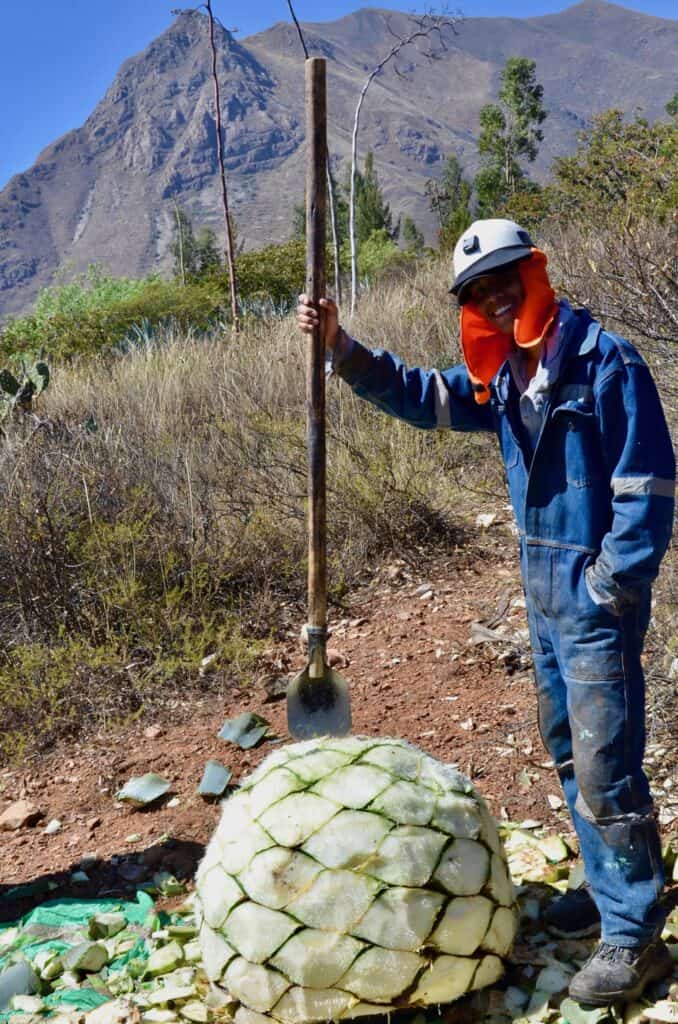
As their Insta profile reads “No es tequila®, no es mezcal®, es Perú. Y Perú ¡es delicioso! Destilado de agave” AQARÁ is an agave spirit from Peru that comes at the idea of an agave spirit fresh. The ever expanding world of agave spirits sometimes feels like an inversion because Mexico is the old world where mezcal was invented, thrived, and carved out a global phenomenon in agave spirits. Meanwhile the new world of agave spirits is in California, India, Australia, South Africa, and similar climes without a history of distilling agave. But there are some fascinating combinations of both tradition and technology like AQARÁ Agave de los Andes from Peru because agave has long been grown there and distilled for some time as well just as it is done in bordering Venezuela and, probably, other countries.
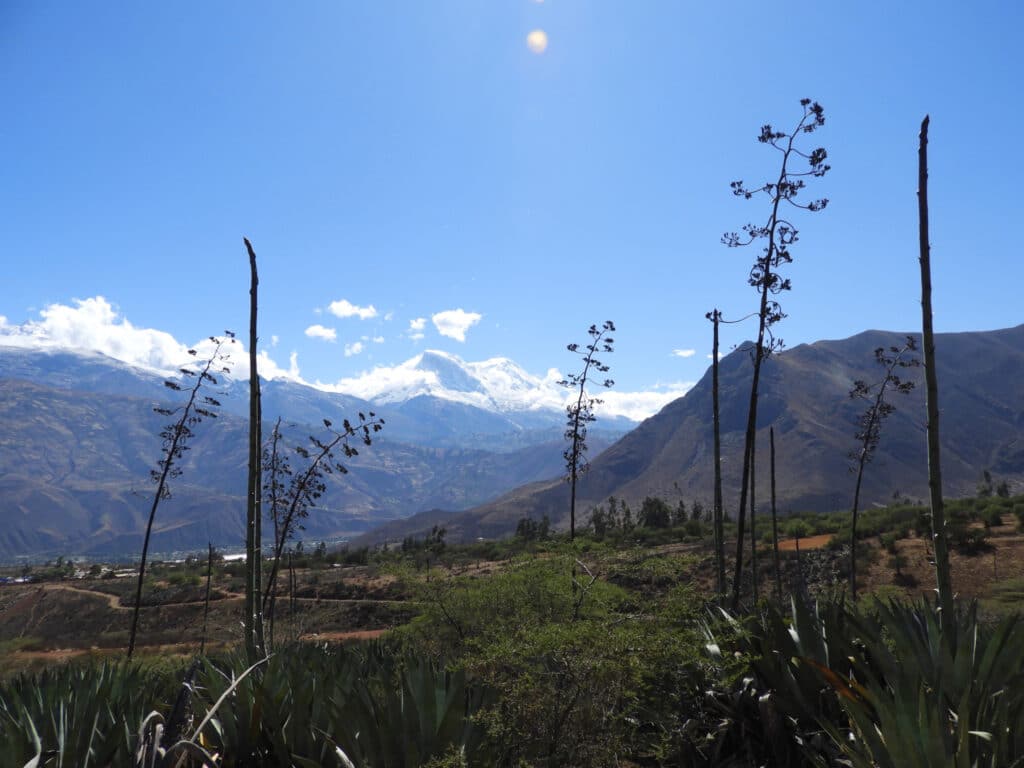
Sadly almost none of of these local expressions of agave spirits are available outside of their homelands. I’ve tasted samizdat bottles of Venezuelan agave spirits which were made using different roasting techniques and distilling adaptations which delivered a different spirit. Fortunately AQARÁ is both being exported and, like many of the projects in California, delivers on the promise of an agave spirit that reflects the identity and ideas of its homeland. The distillers behind this line of spirits want to deliver the flavor of the agave from Peru and make it clear as soon as the fruity aromas hit you from the bottle: The bouquet is full of bronx grape, plum, and Mexican mangos.
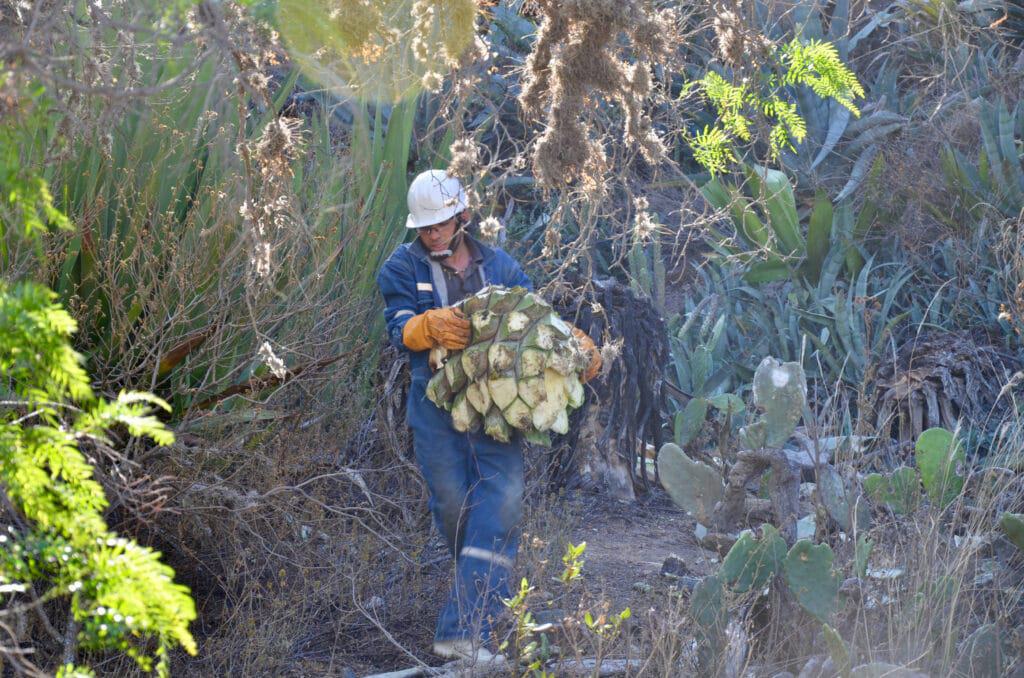
Marco Suarez created and owns AQARÁ. Born and raised in Caraz, Peru at the foot of Andean glaciers he was always surrounded by agaves. The name Caraz comes from the local indigenous Quechua word “QAARAY” which means “place of the agaves.” And the area is covered with a variety of agaves that grow large and abundantly in that high, arid, valley.
Suarez had traveled widely in Mexico and was inspired by what it had achieved with agave spirits. In 2016 he started working with a local group on how to make Peruvian agaves into distilled spirits. Following research trips to German distillers, French yeast producers, and a workshop at Cornell his group worked out the AQARÁ approach. In contrast to classic mezcal they steam roast their chopped up agave in stainless steel vessels which they describe as a very delicate treatment. Today Suarez’s sister Yanett is AQARÁ’s master distiller while he focuses on distribution.
The spirits
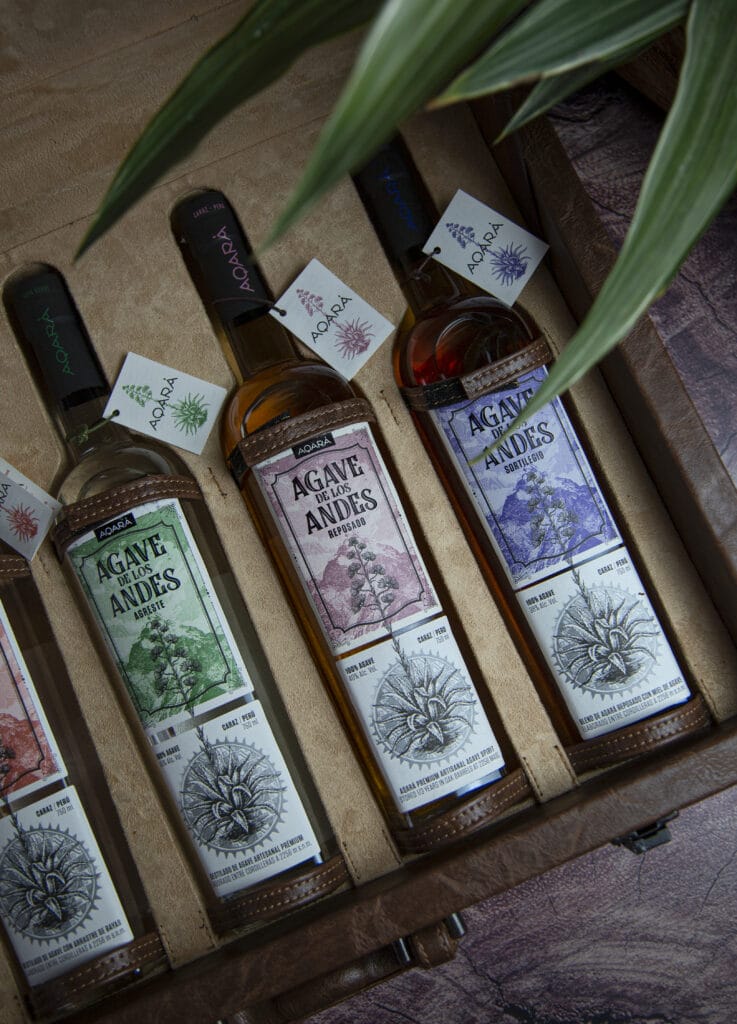
AQARÁ is currently exporting three expressions – a Plateado, Reposado, and Agreste – but produce a total of five including an intriguing Sortilegio which is a blend of the reposado and aguamiel. The Plateado is an unaged blanco at 40% ABV, the Reposado sees four months in American oak barrels and also comes out at 40%. The Agreste at 45% is the most intriguing of the trio currently available. The word means wild but instead of saying “wild” in English or one of the more common Spanish words that mean the same thing like salvaje, Suarez told me that they use it because “in Spanish ‘salvaje’ has other connotations which aren’t all positive. We use ‘agreste’ to signal the primitive aspect of the agave that seems like a plant out of Jurassic Park and from the wild Andes Mountains.”
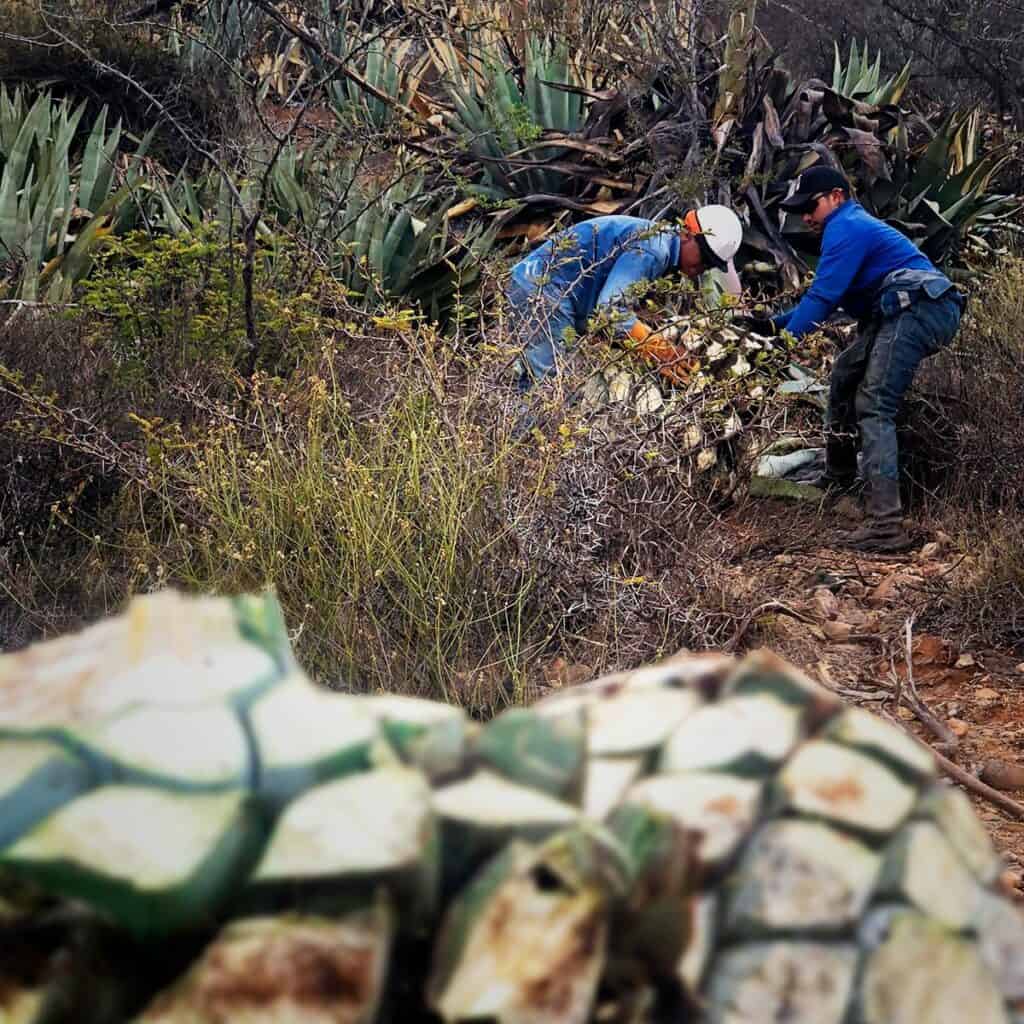
The bottles available in the US were all made from 50/50 ensembles of A. americana expansa gentry and A. cordillerensis. These agaves grow side-by-side at the incredible height of 2,256 meters/ 7,200 feet above sea level. All grow wild, are irrigated by rainfall, and all are caponed. AQARÁ’s team hand harvests using jima and selects agaves with a minimum of 24 brix. Marco Suarez believes that the ancestors of these agaves were brought to the area by indigenous peoples before the Spanish conquest and hybridized locally. Caraz, the area where its grown, comes from the indigenous word “Qaaray” which means “place of agave.” The name AQARÁ is pronounced in a similar fashion and was designed to reflect that heritage.

The production process is adapted from the whiskey world. They hand chop the agave into 1-2 inch cubes and then steam cook them for seven hours in a steel jacket mash tun at 90 degrees Celsius. The mash is then fermented for 72 hours with prepared yeast then double distilled in copper stills. They toss the heads and tails and then all the spirits are rested.
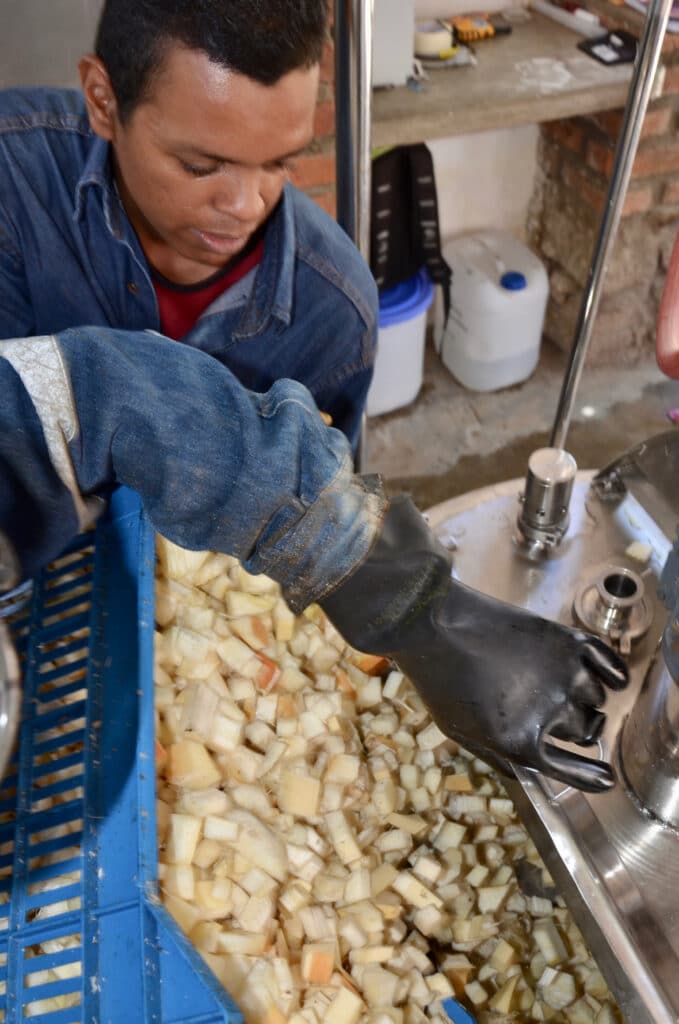
A new world of flavor
This different approach to distilling agave makes for an entirely different universe of flavors. The sensation is pure eau de vie with full throated flavors of mango, bronx grapes, and cherries. The flavors are eerily similar to Ventura Spirits’ Opuntia which is distilled from tuna, the fruit of the nopal. Their roasting method is also similar to Yolo, Ventura Spirits’ latest agave distilling project, yet another reflection on how distillers approach agave with fresh ideas.
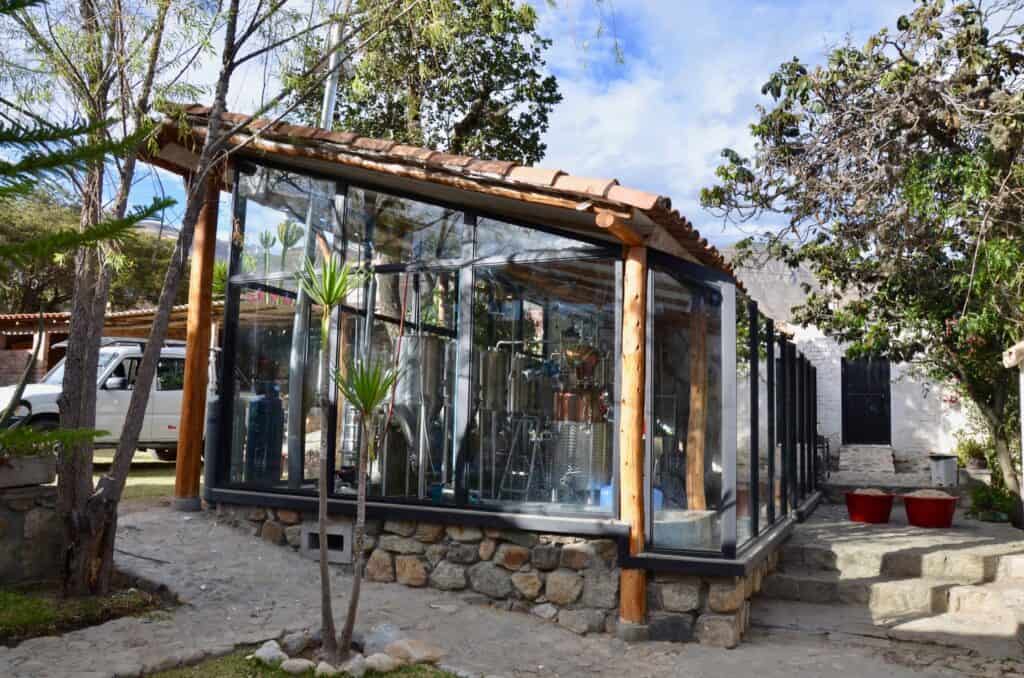
As I dug into the background of AQARÁ it became clear why their flavors are so similar to eau de vies: Their stills are based on German models which were perfected to produce eau de vie spirits like kirschwasser and others that range from fruits all the way to vegetables like carrots so this all makes complete sense.
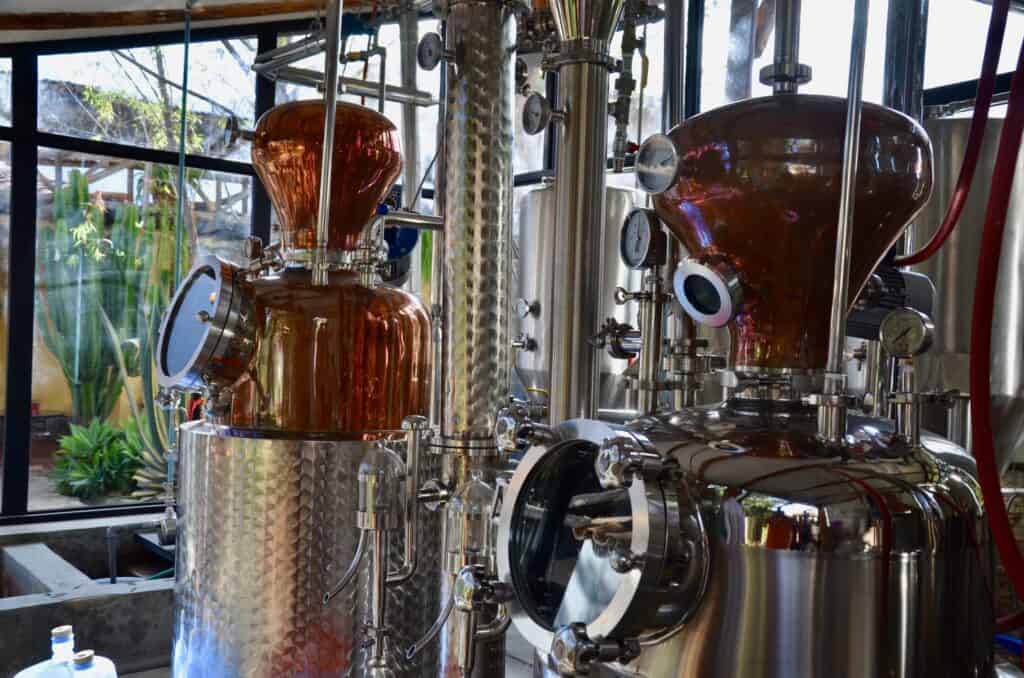
The new world of agave distilling continues to surprise: I can’t wait to see what else AQARÁ and other producers come up with as they work with agave. The fact that AQARÁ already is making a local pechuga and aguamiel are intriguing enough.


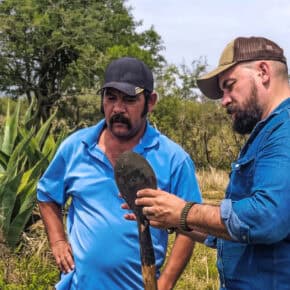
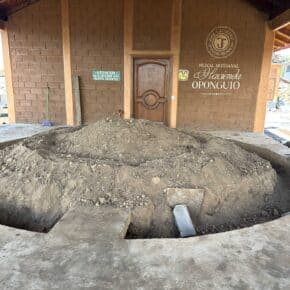








Leave a Comment